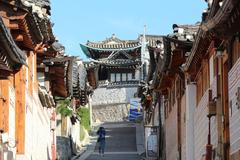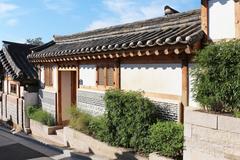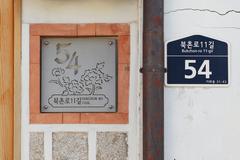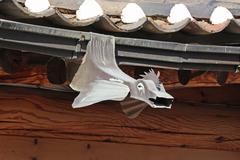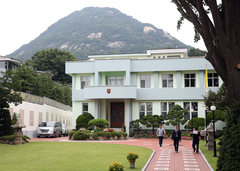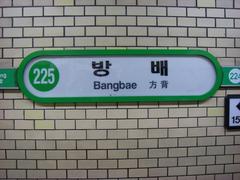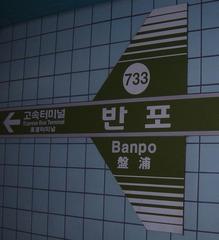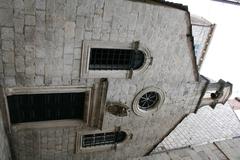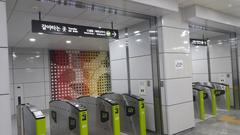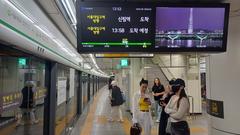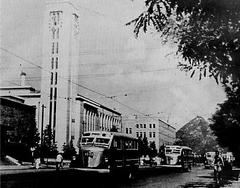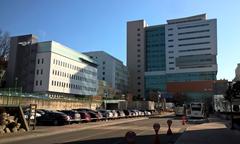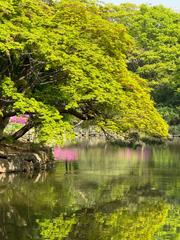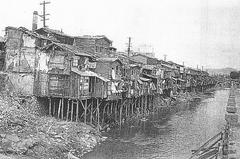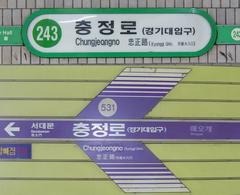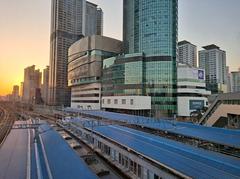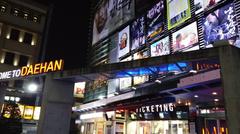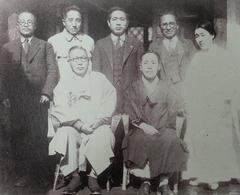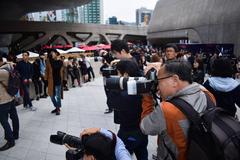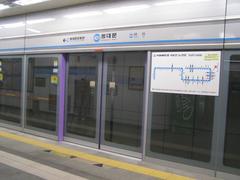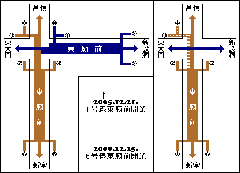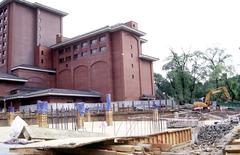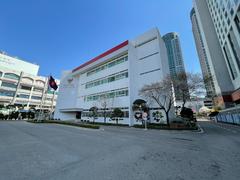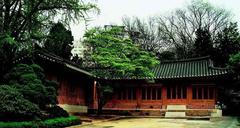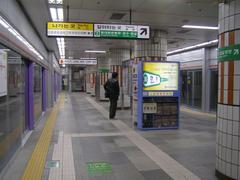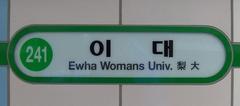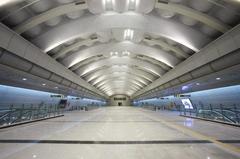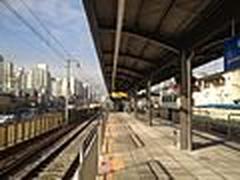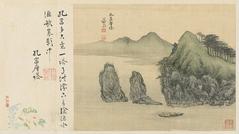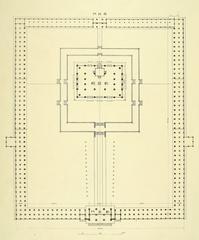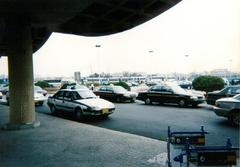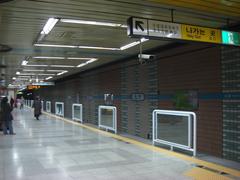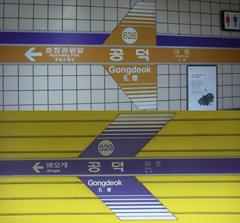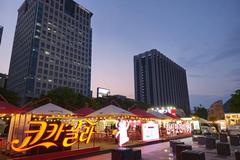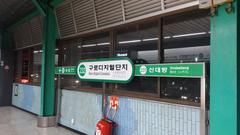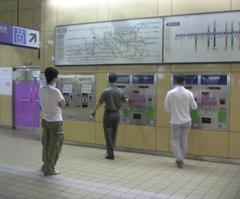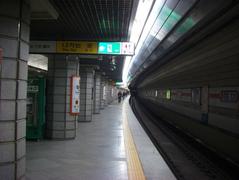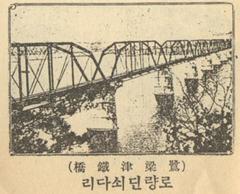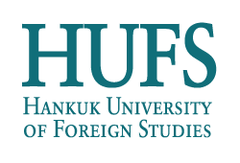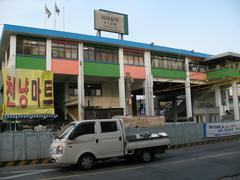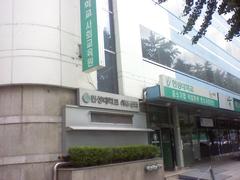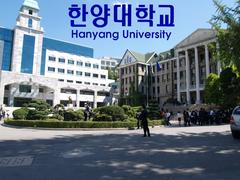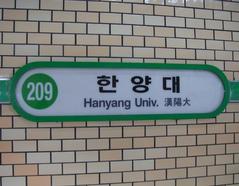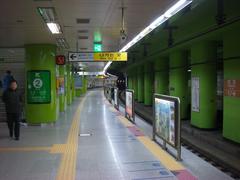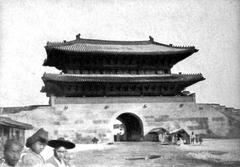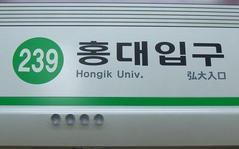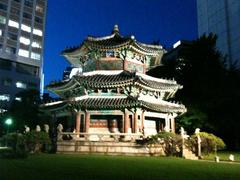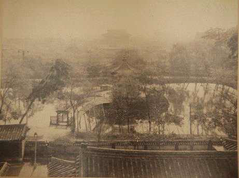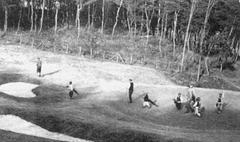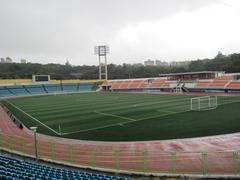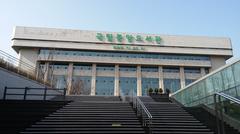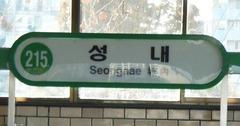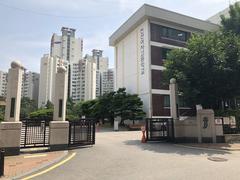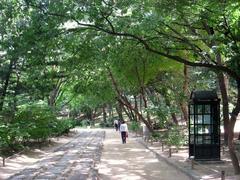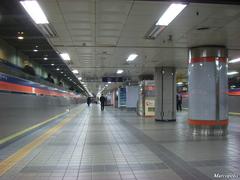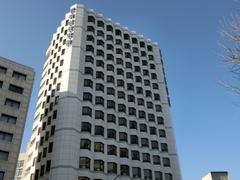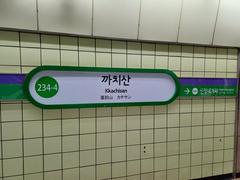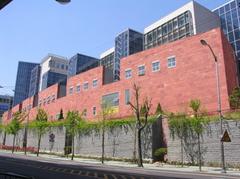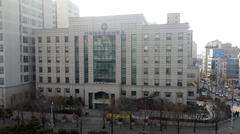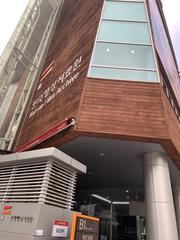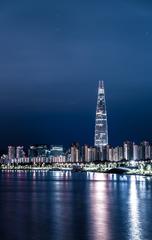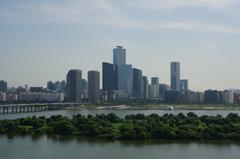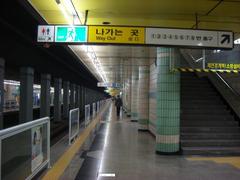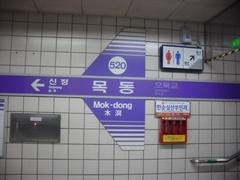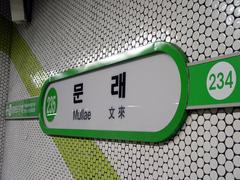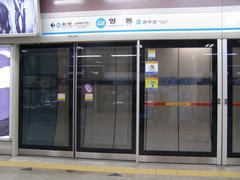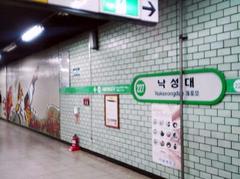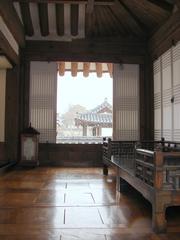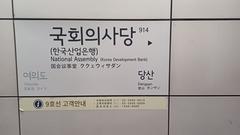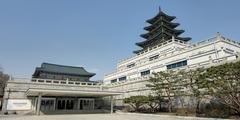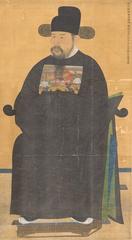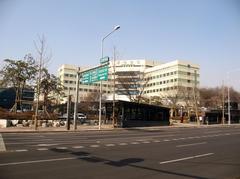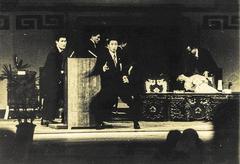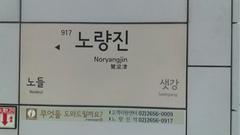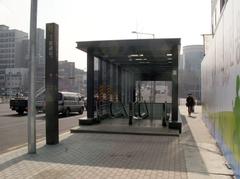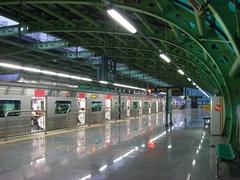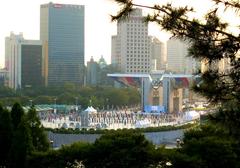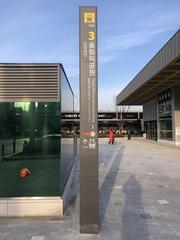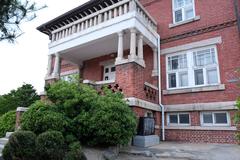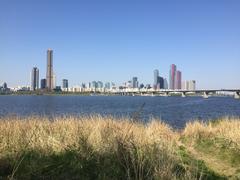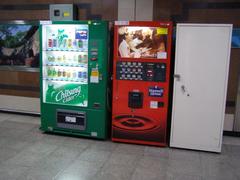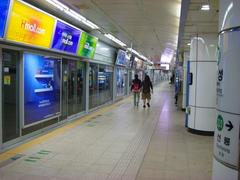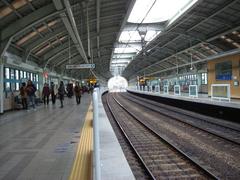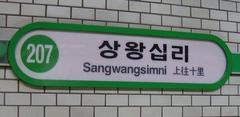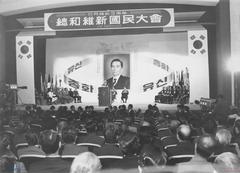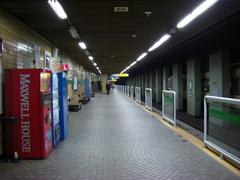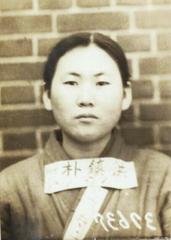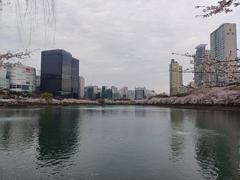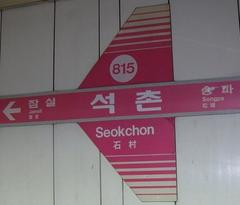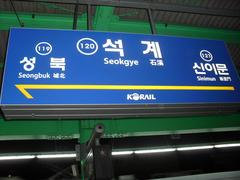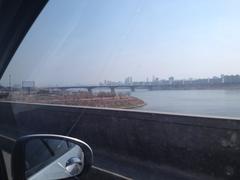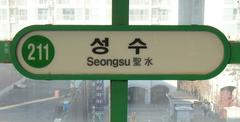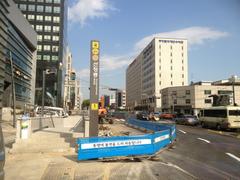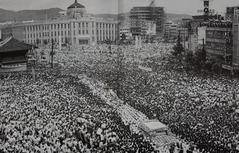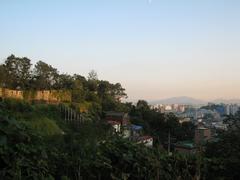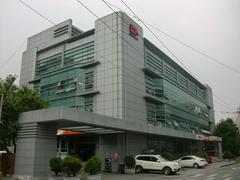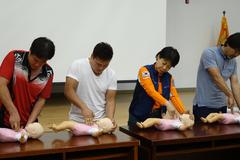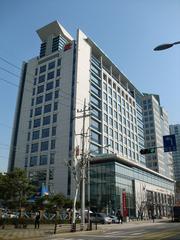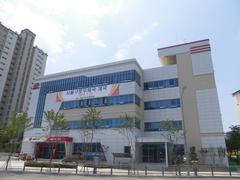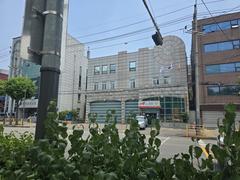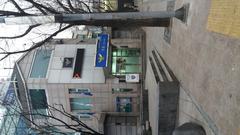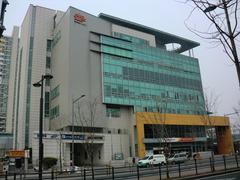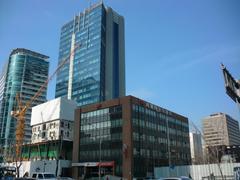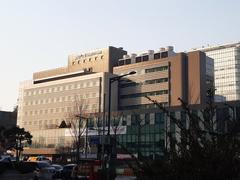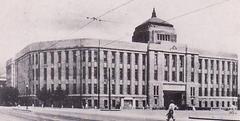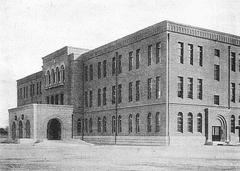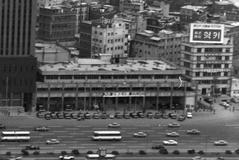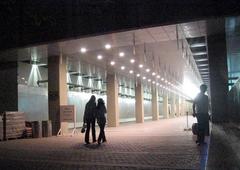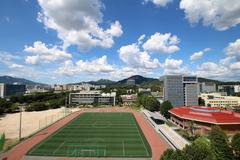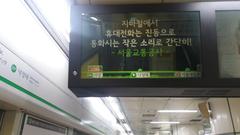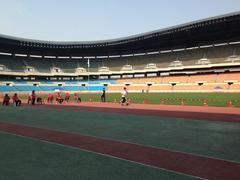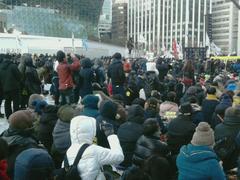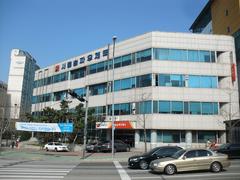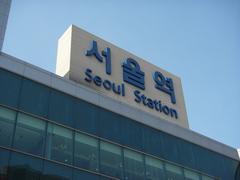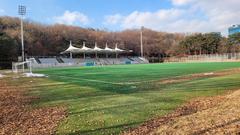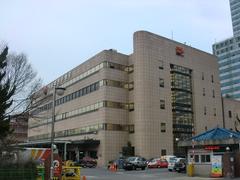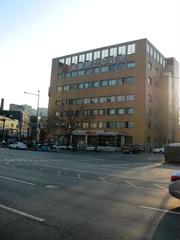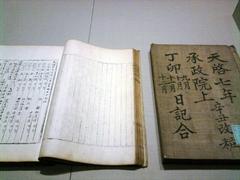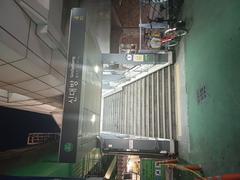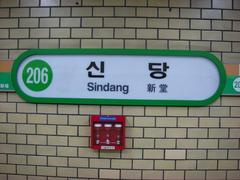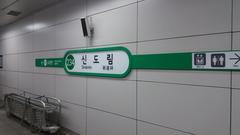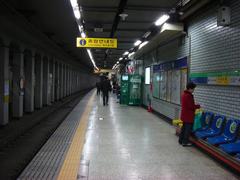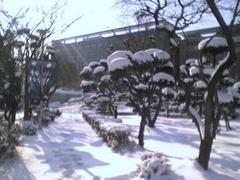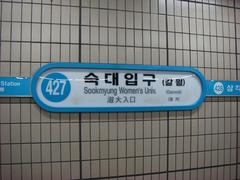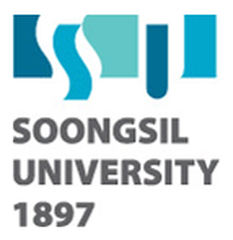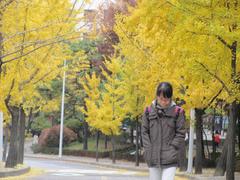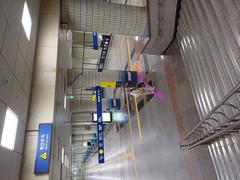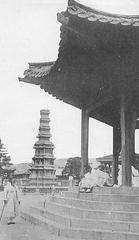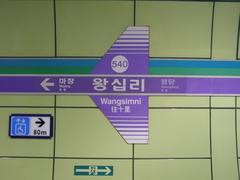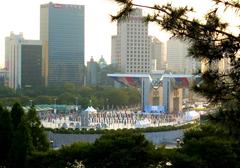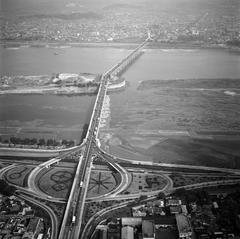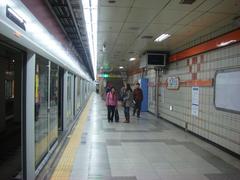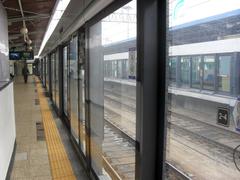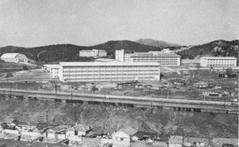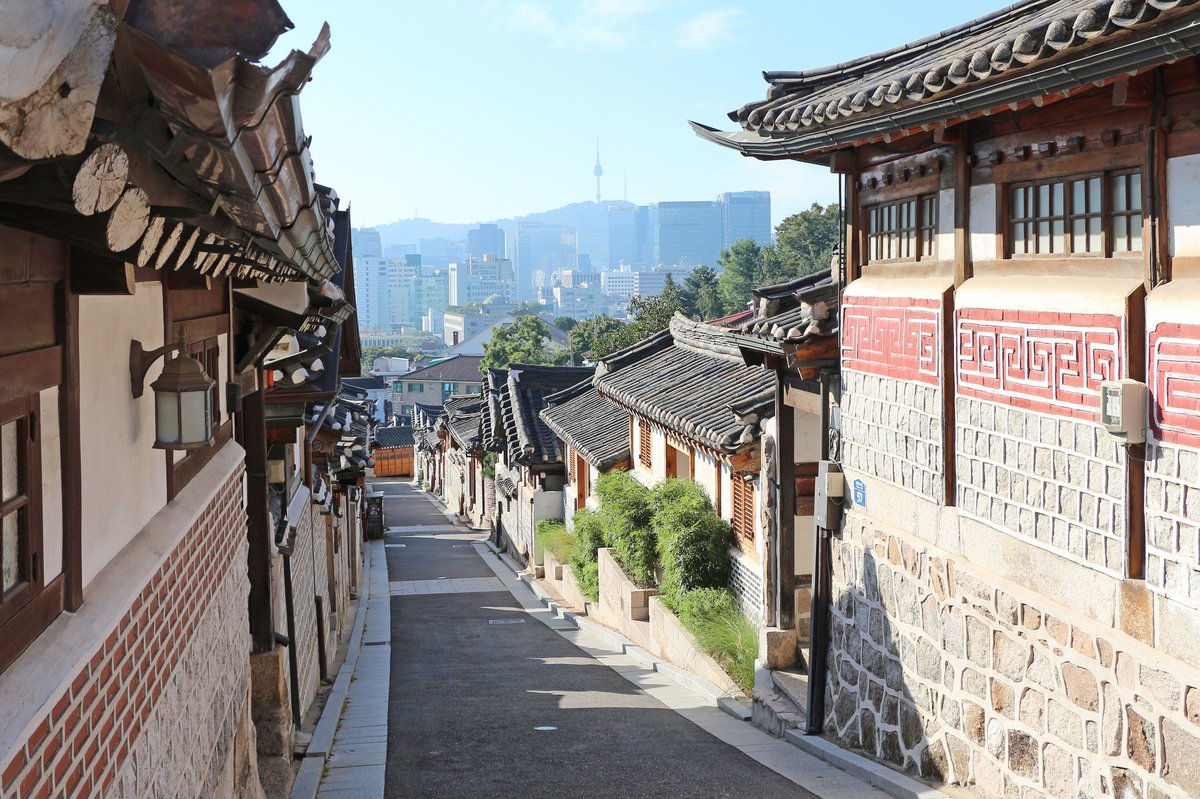
Comprehensive Guide to Visiting Bukchon Hanok Village, Seoul, South Korea
Date: 16/08/2024
Introduction
Bukchon Hanok Village, a historic enclave in the heart of Seoul, South Korea, offers a rare glimpse into the country’s rich cultural and architectural heritage. This village, nestled between the iconic Gyeongbokgung and Changdeokgung Palaces, is a living museum where over 900 meticulously preserved hanoks, or traditional Korean houses, stand as a testament to Korea’s past. The origins of Bukchon Hanok Village date back to the Joseon Dynasty (1392-1897), when it served as a residential area for high-ranking officials and nobility. The name ‘Bukchon,’ meaning ‘northern village,’ aptly describes its location north of the Cheonggyecheon Stream and Jongno (TripSavvy). The village’s intricate wooden frames, clay walls, and tiled roofs exemplify traditional Korean architecture designed to harmonize with nature (GPT Travel Diary).
Throughout its history, Bukchon Hanok Village has faced numerous challenges, from the Japanese occupation (1910-1945) to the rapid modernization post-Korean War (1950-1953). However, preservation efforts, especially in the late 20th century, have ensured its survival (Treksplorer). Today, Bukchon Hanok Village is not only a popular tourist destination but also a vibrant community, where residents continue to live in these historic homes. Visitors can explore cultural landmarks like the Bukchon Traditional Culture Center and Gahoe Museum, and participate in various cultural events and guided tours. The village’s narrow, winding streets and picturesque alleyways offer an immersive experience of traditional Korean life (Busanpedia).
Table of Contents
- Bukchon Hanok Village Historical Background
- Visiting Bukchon Hanok Village: Hours, Tickets, and Tips
- Conclusion
Bukchon Hanok Village Historical Background
Origins and Joseon Dynasty Era (1392–1897)
Bukchon Hanok Village, located in the Jongno District of Seoul, South Korea, is a historic neighborhood that dates back to the Joseon Dynasty. The term ‘Bukchon’ translates to ‘northern village,’ aptly named due to its location north of the Cheonggyecheon Stream and Jongno (TripSavvy). The village was established as a residential area for high-ranking government officials and nobility, reflecting the hierarchical and Confucian principles of the time (Busanpedia). The hanoks, or traditional Korean houses, were constructed using wooden frames, clay walls, and tiled roofs. These structures were designed to harmonize with nature, utilizing natural ventilation and sunlight (GPT Travel Diary). The layout of the village was meticulously planned to emphasize order and hierarchy, central tenets of Confucianism during the Joseon period (Wikipedia).
Japanese Occupation (1910–1945)
During the Japanese occupation of Korea, significant changes occurred in urban planning and architecture. The first modern real estate developer in Korea, Jung Se-gwon, played a crucial role in preserving Bukchon Hanok Village. Despite the challenges brought about by the Japanese invasion, Jung Se-gwon aimed to preserve the area for Koreans. He ventured into private housing construction projects with Korean construction companies, dividing large lands owned by influential figures and yangban (nobility) into numerous small-scale hanoks (Busanpedia).
Post-Korean War Period (1950–1953)
After the Korean War, Seoul underwent rapid modernization, and many traditional neighborhoods were replaced by modern buildings. However, Bukchon largely retained its historical charm due to preservation efforts. In the 1960s, the area was slated for renovation, which would have meant the destruction or relocation of many hanok buildings. Fortunately, a persuasive group of locals made a compelling case for keeping the area intact, leading to its preservation as a historical area (Treksplorer).
Preservation and Modern Era
In 1997, amid the movement of urbanization in Seoul and the Asian financial crisis, the Korean government resolved to preserve traditional hanoks instead of removing them as old buildings. The movement for the preservation of hanoks gained momentum in 2000 (Wikipedia). Today, Bukchon Hanok Village is preserved in modern society and has been renewed as a unique tourist sight. The alleyways of traditional houses lining the streets offer a glimpse into Korea’s rich traditional charm (Busanpedia).
Architectural Significance
The hanoks in Bukchon Hanok Village are a testament to traditional Korean architecture. These houses feature elegant sloping roofs, wooden frames, and decorative tiles. The intricate details of the wooden frames and delicate paper windows are designed to make use of natural ventilation and sunlight, emphasizing harmony with nature (GPT Travel Diary). Over time, some hanoks have been renovated to blend traditional styles and materials with more modern ones, yet they still retain their historical significance (Treksplorer).
Cultural and Historical Landmarks
Bukchon Hanok Village is home to several cultural and historical landmarks. Notable sites include the Bukchon Traditional Culture Center, Gahoe Museum, and the Han Sangsu Embroidery Museum. These institutions offer insights into Korea’s rich cultural heritage and traditional crafts (Be Marie Korea). Additionally, the village is located between two royal palaces, Gyeongbokgung Palace and Changdeokgung Palace, which further enhances its historical significance (TripSavvy).
Visiting Bukchon Hanok Village: Hours, Tickets, and Tips
Visiting Hours
Bukchon Hanok Village is open 24/7, but individual museums and cultural centers within the village may have specific visiting hours.
Tickets
There is no entrance fee to walk around the village. However, some museums and cultural centers may charge a small fee.
Travel Tips
- Wear comfortable walking shoes as the village has steep slopes and narrow alleys.
- Early morning or late afternoon visits are recommended to avoid crowds.
- Nearby Attractions: Don’t miss the nearby Gyeongbokgung Palace and Changdeokgung Palace for a comprehensive historical experience.
- Accessibility: The village is not completely wheelchair accessible due to its steep and narrow paths.
Special Events and Guided Tours
Bukchon Hanok Village hosts various cultural events throughout the year. Guided tours are available and can provide deeper insights into the history and architecture of the area. Photography tours are also popular, as the village offers many picturesque spots.
Tourism and Modern-Day Relevance
Bukchon Hanok Village has become one of Seoul’s premier tourist destinations, attracting visitors from around the world. The village offers a unique experience of traditional Korean culture and architecture, making it a must-visit location in Seoul (Ilse on the Go). Despite its popularity, it is essential to remember that Bukchon is a living community with actual residents. Visitors are encouraged to respect the privacy and tranquility of the local inhabitants (Treksplorer).
Preservation Efforts and Challenges
The preservation of Bukchon Hanok Village has not been without challenges. The influx of tourists has caused some friction with the residents who live there. Efforts to balance tourism with the preservation of the village’s historical and cultural integrity continue to be a priority for local authorities and community members (Wikipedia).
Frequently Asked Questions (FAQ)
- What are the visiting hours for Bukchon Hanok Village? Bukchon Hanok Village is open 24/7, though individual museums may have specific hours.
- Do I need to buy tickets to visit Bukchon Hanok Village? There is no entrance fee for the village itself, but some cultural sites within the village may charge a fee.
- When is the best time to visit Bukchon Hanok Village? Early morning or late afternoon to avoid crowds.
- Is Bukchon Hanok Village accessible for people with disabilities? The village has steep and narrow paths, making it less accessible for wheelchairs.
Conclusion
Bukchon Hanok Village stands as a remarkable example of Korea’s dedication to preserving its cultural heritage. The village’s rich history, architectural significance, and cultural landmarks make it an invaluable part of Seoul’s historical landscape. Visitors to Bukchon Hanok Village can immerse themselves in the beauty and history of traditional Korean life, making it a truly unforgettable experience (Lingua Asia). However, it’s essential for visitors to respect the residents and the community, ensuring that the village remains a harmonious living space while continuing to be a window into Korea’s past. The ongoing preservation efforts highlight the challenges of balancing tourism with maintaining the village’s historical integrity, a testament to the commitment of local authorities and community members (Treksplorer). Whether you’re a history enthusiast, an architecture aficionado, or simply a curious traveler, Bukchon Hanok Village promises an enriching and memorable experience that connects you to the soul of Korea.
References
- Bukchon Hanok Village: Complete Guide, 2023, TripSavvy https://www.tripsavvy.com/bukchon-hanok-village-complete-guide-5073284
- Bukchon Hanok Village, 2023, Busanpedia https://www.busanpedia.com/bukchon-hanok-village/
- Bukchon Hanok Village, 2023, Treksplorer https://www.treksplorer.com/bukchon-hanok-village-seoul/
- Bukchon Hanok Village, 2023, GPT Travel Diary https://www.gpttraveldiary.com/bukchon-hanok-village-seoul-south-korea/
- Bukchon Hanok Village, 2023, Wikipedia https://en.wikipedia.org/wiki/Bukchon_Hanok_Village
- How to Go to Bukchon Hanok Village, 2023, Be Marie Korea https://bemariekorea.com/how-to-go-to-bukchon-hanok-village/
- Bukchon Hanok Village, 2023, Ilse on the Go https://ilseonthego.com/bukchon-hanok-village/
- Bukchon Hanok Village, 2023, Prepare Travel Plans https://preparetravelplans.com/bukchon-hanok-village/
- Bukchon Hanok Village, 2023, Lingua Asia https://linguasia.com/bukchon-hanok-village-seoul
- Bukchon Hanok Village, 2023, Trip.com https://www.trip.com/moments/poi-bukchon-hanok-village-87555
- Bukchon Hanok Village, 2023, Visit Seoul https://english.visitseoul.net/attractions/Bukchon-Hanok-Village/ENP000261



